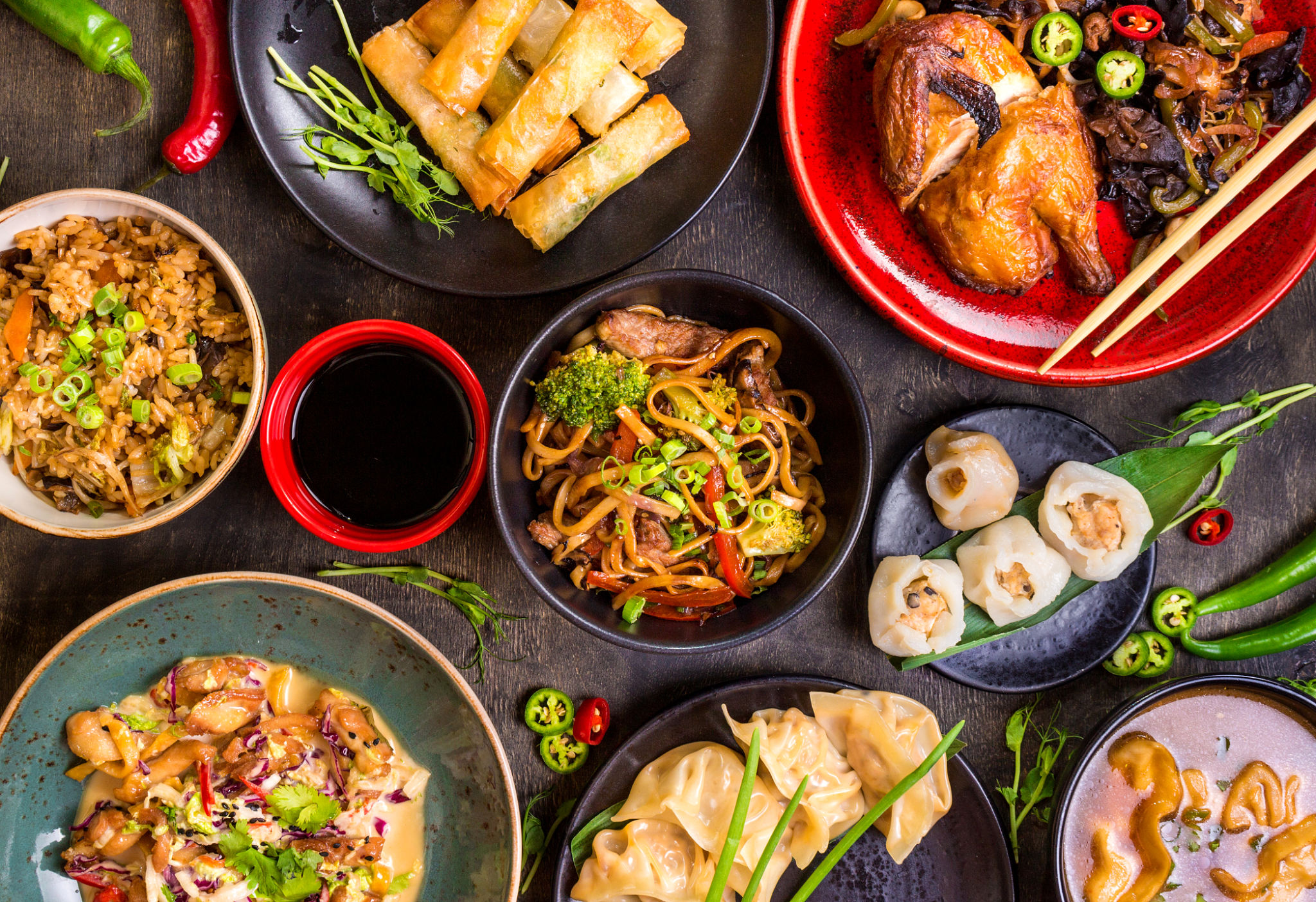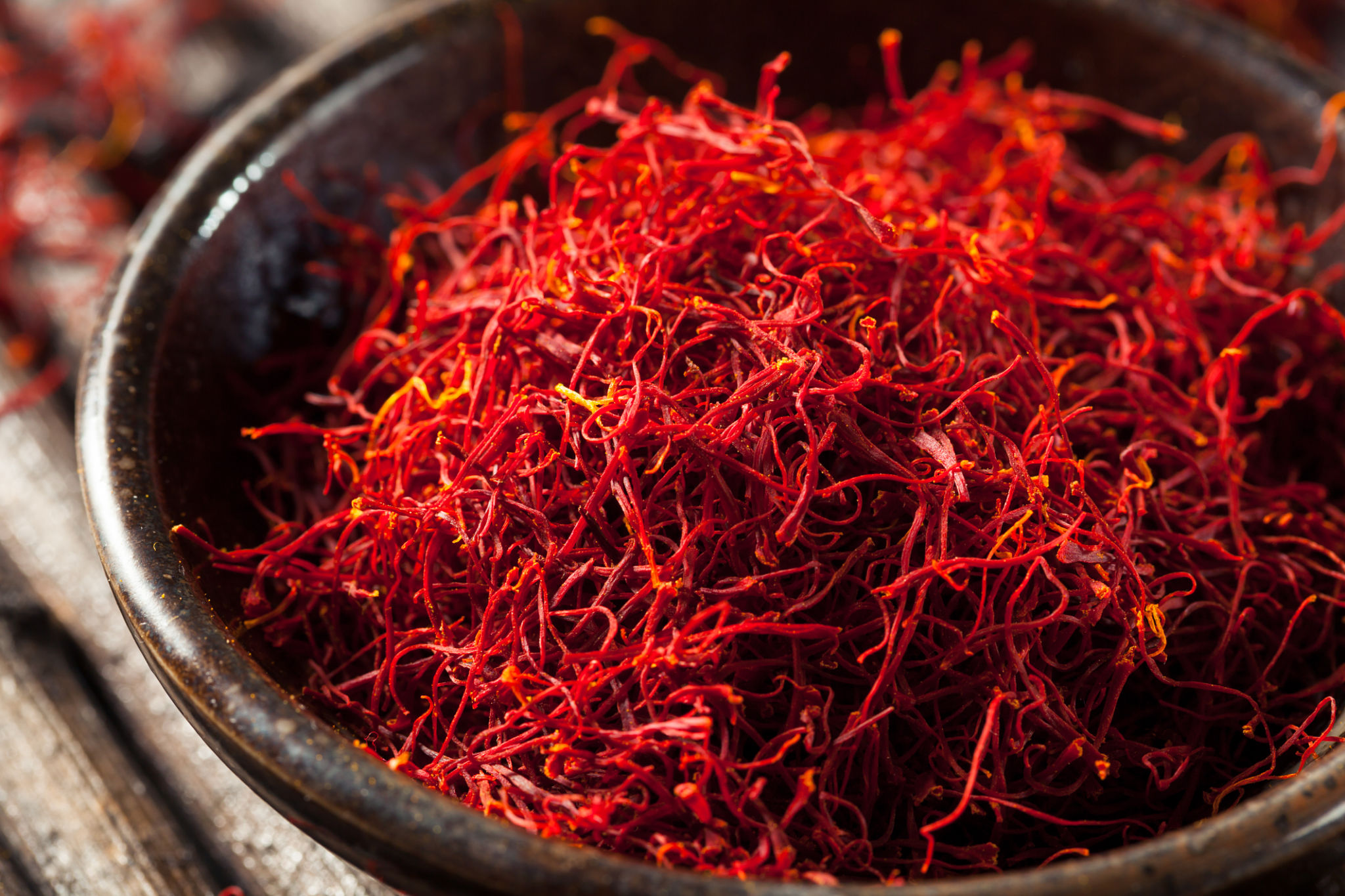Spice Up Your Cooking: Pairing French Spices with Global Cuisines
Discover the Magic of French Spices
French cuisine is renowned for its elegance and depth of flavor, largely due to its masterful use of spices. While France has its own rich culinary traditions, the spices that define its dishes can also be used to enhance a variety of global cuisines. From the fragrant herbes de Provence to the boldness of quatre épices, French spices open up a world of possibilities in your kitchen.
In this blog post, we'll explore how to pair classic French spices with other global flavors to transform your cooking into a truly international experience. Whether you're a seasoned chef or a home cook looking to experiment, these ideas will help you infuse new life into your meals.

Herbes de Provence Meets Mediterranean Delights
Herbes de Provence is a traditional blend of dried herbs typical of the Provence region in southeastern France. It typically includes rosemary, thyme, oregano, and lavender. This aromatic mix is perfect for enhancing Mediterranean dishes, known for their fresh, vibrant flavors.
Try adding herbes de Provence to:
- Grilled vegetables like zucchini and eggplant for a fragrant side dish.
- Lamb chops or roasted chicken for an elevated main course.
- Tomato-based sauces to give pasta dishes an aromatic twist.
The floral notes of lavender complement the earthy flavors of Mediterranean cuisine beautifully, making it an ideal pairing.
The Boldness of Quatre Épices with Middle Eastern Cuisine
Quatre épices, meaning "four spices," is a versatile blend that typically includes ground pepper, nutmeg, cloves, and ginger. Its warm and spicy profile is perfect for Middle Eastern dishes that often feature rich, complex flavors.
Consider adding quatre épices to:
- Lentil soups or stews for an added depth of flavor.
- Meatballs or kofta to bring warmth and spice.
- Sweet pastries or desserts for a hint of exotic warmth.

Fines Herbes for Asian Fusion
Fines herbes is a delicate blend of fresh herbs such as parsley, chives, tarragon, and chervil. This mild and fragrant mix is perfect for dishes that require a subtle touch, making it an excellent choice for Asian-inspired cuisine.
Add fines herbes to:
- Stir-fries to introduce a gentle herbal note.
- Rice dishes for an aromatic finish.
- Light broths or soups to enhance their delicate flavor.
The fresh taste of fines herbes complements the umami-rich ingredients typically found in Asian dishes, offering a unique fusion of flavors.

Mustard Seeds: A French-Indian Connection
The use of mustard seeds in French cooking is prominent in Dijon mustard, famous worldwide. However, these tiny seeds also play a crucial role in Indian cuisine. Their nutty flavor and slight pungency make them perfect for creating a bridge between these two culinary worlds.
Incorporate mustard seeds by:
- Tempering them in hot oil along with cumin seeds for Indian curries.
- Using them in vinaigrettes to add complexity to salads.
- Adding them to pickling mixes for tangy vegetables.
This cross-cultural spice connection enables you to explore both Indian heat and French finesse in your dishes.
Saffron: A Touch of Luxury Across Borders
Saffron is one of the most luxurious spices in the world, prized for its unique flavor and vibrant color. In French cooking, it's often used in bouillabaisse and risotto, but saffron's versatility extends far beyond these traditional dishes.
Try saffron in:
- Spanish paella for a rich and aromatic twist.
- Moroccan tagines for an exotic blend of flavors.
- Indian biryanis to enhance the rice's aroma and color.

By introducing saffron into these global cuisines, you add a touch of sophistication and warmth that elevates any dish into something extraordinary. Embrace the fusion of flavors and let your culinary creativity soar!
